What Does Payable by Invoice Mean?
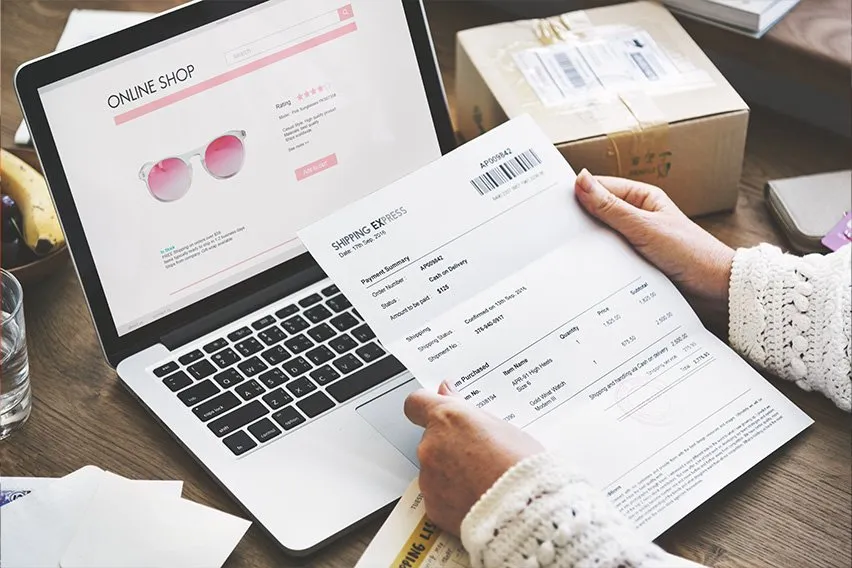
The term ‘Payable By Invoice’ means a company bills their customer for the purchase of goods and services through invoice. The invoice includes important details like pricing for good received and services rendered, other costs, company information and a due date.
That invoice is payable on the due date specified by the company on the invoice.
For a company to charge by invoice, they must create the bill to give to their customers. There is accounting software available to easily generate an invoice. It is as easy as entering in the relevant data into a template.
Important sales data to include:
- Company logo
- Invoice number
- Date of purchase
- Amount and type of product /service with costs
- Total due
- Sales tax
- Due date
Once you have completed recording the transaction, your program keeps a record of the generated invoices and tracks when payment is made, if you update your system when the money is received.
This article will also discuss:
What Does Due and Payable Mean?
10 Invoice Terms to Know

1. Terms of Sale
Terms of sale refer to the payment terms that a seller and buyer have agreed on. Terms include things such as cost, amount, delivery, payment method and the due date.
This is an agreement made between the buyer and seller. Terms of sales clarify the requirements of the sales to avoid disagreements and misunderstanding about payment.
Terms of sale are important to international trade because it covers shipping information like when shipping occurs, who is responsible for international duties and taxes, and any other factors that have been established by international chamber of commerce regulations.
2. Payment in Advance
Payment in advance is a payment made ahead of schedule. Often business owners require advance payment for their products or services.
For example, a freelance writer might require 50 percent payment upfront before beginning a project.
Advance payment protects sellers against non-payments and covers upfront expenses.
3. Immediate Payment
Immediate payment also referred to as ‘Cash on Delivery’ (COD) or ‘Payable on Receipt, means that the payment is due at the time of delivery of a purchased good or service. If the client doesn’t make an immediate payment — through credit card, e-check, wire transfer, or online service payment — the seller has the right to repossess the good or intellectual property.
4. Net 7, 10, 30, 60,90
This refers to net payment is due in 7, 10, 30, 60, or 90 days after the invoice date.
For example, if the invoice was dated May 10 and you used one of the most used payment terms, Net 30, then the payment would be due June 9.
This term can be confusing to both accounts payable teams and clients. It is suggested to use a term that is clearer like ‘Days’ instead of ‘Net’.
5. 2/10 Net 30
Net 30 requires the client or customer to make a payment within 30 days. Some companies offer discounts if a payment is made within ten days. Customers may get a two percent discount if they pay within ten days.
A company can change these terms as they like. For example, they could sweeten the deal by offering five percent off their invoice if it is paid within a week.
6. Line of Credit Pay
Line of Credit Pay gives the customer the option to settle their bill over a period of time — typically on a monthly or quarterly basis.
A line of credit payment allows the customer to purchase a product service on credit. Due to the risk involved, this is more commonly used amongst larger companies because of their ability to decrease their cash flow.
7. Quotes & Estimates
This refers to a ballpark figure a company gives to a customer for the price of their good and services. This allows customers to easily compare pricing with competitors.
This is not the final amount that you’re going to bill your customer, but it should include invoice essentials like pricing, an itemized breakdown of the pricing and schedule of delivery.
Most invoicing platforms allow you to easily convert your estimate into an invoice after a sale is made.
8. Recurring Invoice
Recurring invoices are for ongoing services, like web hosting or housecleaning, and are usually the same price every month.
These invoices guarantee cash flow to your business, make forecasting easier and saves you time from having to invoice clients every month.
9. Interest Invoice
Interest invoices impact customers who don’t pay their invoice on time. Calculating the interest on late payments by the number of days that the payment is past due.
An interest invoice is not only a reminder of a past due payment but it also contains relevant interest charges and a due date to settle the payment.

10. Invoice Factoring
Invoice factoring can be considered when your client has not paid their invoice and you’re in desperate need for cash.
When you hand over your invoice to an invoice factoring company, you will receive an 85 percent advance upfront in as little as one but keep in mind these companies will also charge a fee.
What Does Due and Payable Mean?
‘Due and payable’ indicates a stated amount of money that is due and the due date the payment is required by.
Invoices often indicate more sales term such as whether a payment must be made within 30 days and if a late fee will be added if the payment is not made within that time. The 30 days of waiting for a payment is essentially a credit by the business to its customer.
The term ‘Due and payable’ is used when a debt has been incurred but a payment did not need to be made until something else occurred or was completed.
RELATED ARTICLES

 Small Business Ideas for Small Towns: The Definitive List
Small Business Ideas for Small Towns: The Definitive List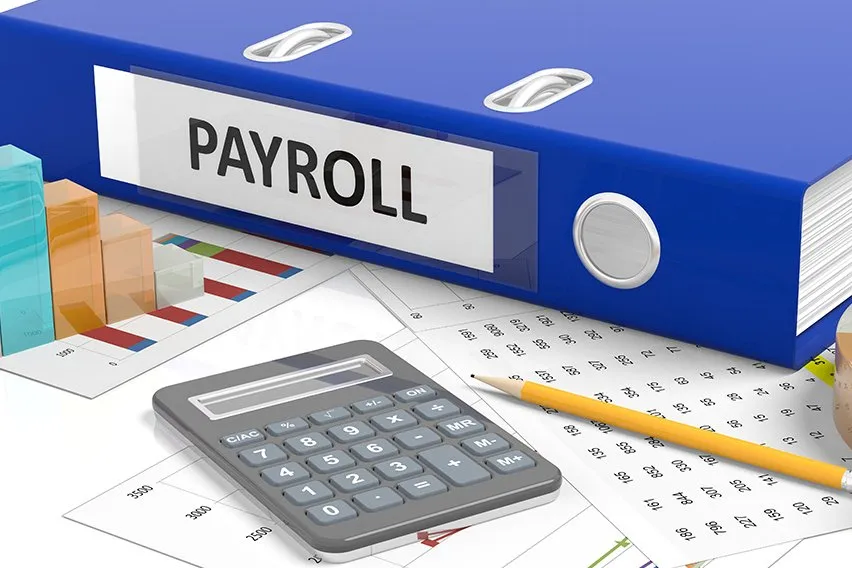 Payroll System: What It Is and How It Works
Payroll System: What It Is and How It Works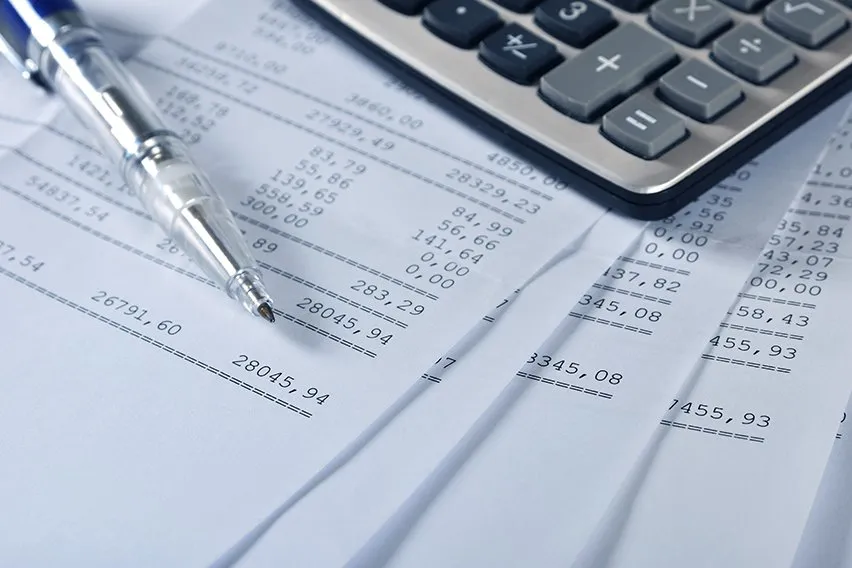 How to Make Adjusting Entries
How to Make Adjusting Entries How to Get Invoices Paid Faster: 10 Tips To Get Paid Faster
How to Get Invoices Paid Faster: 10 Tips To Get Paid Faster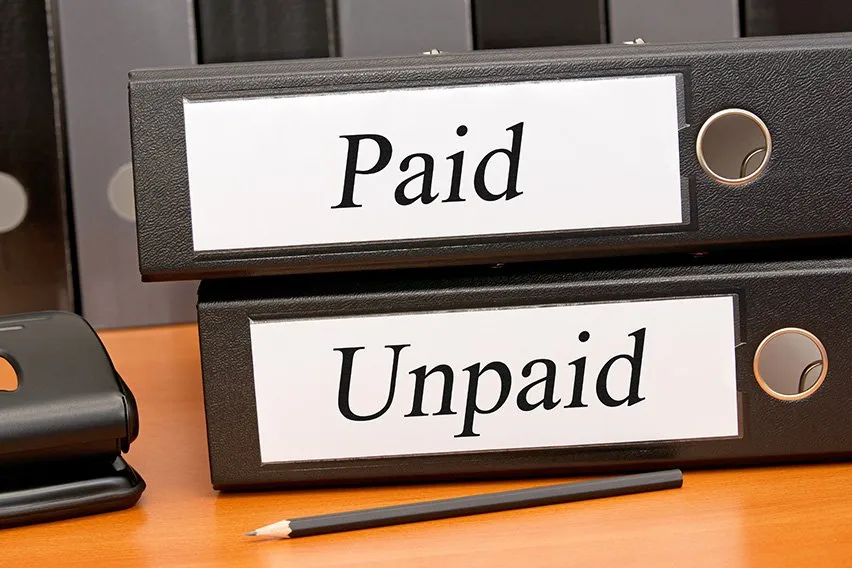 How to Keep Track of Invoices and Payments: A Guide
How to Keep Track of Invoices and Payments: A Guide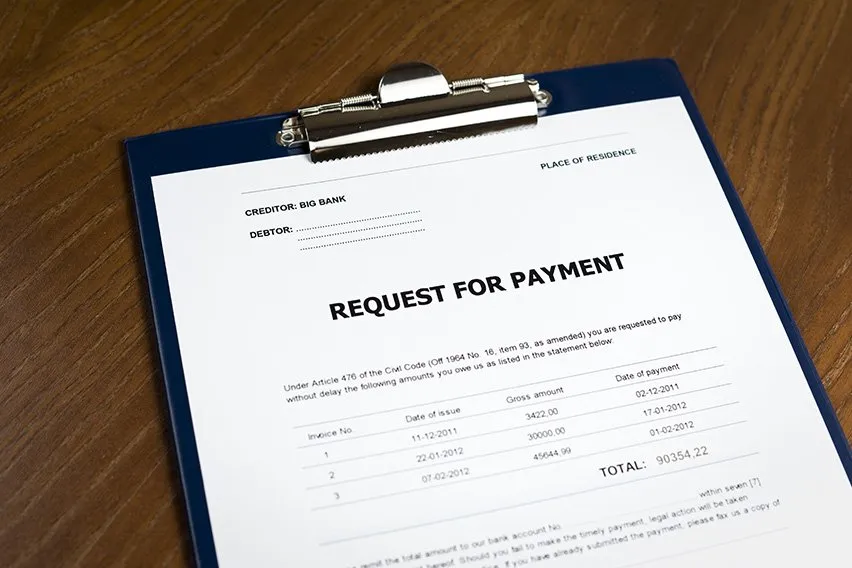 How to Ask for Payment Professionally: With Templates and Examples
How to Ask for Payment Professionally: With Templates and Examples